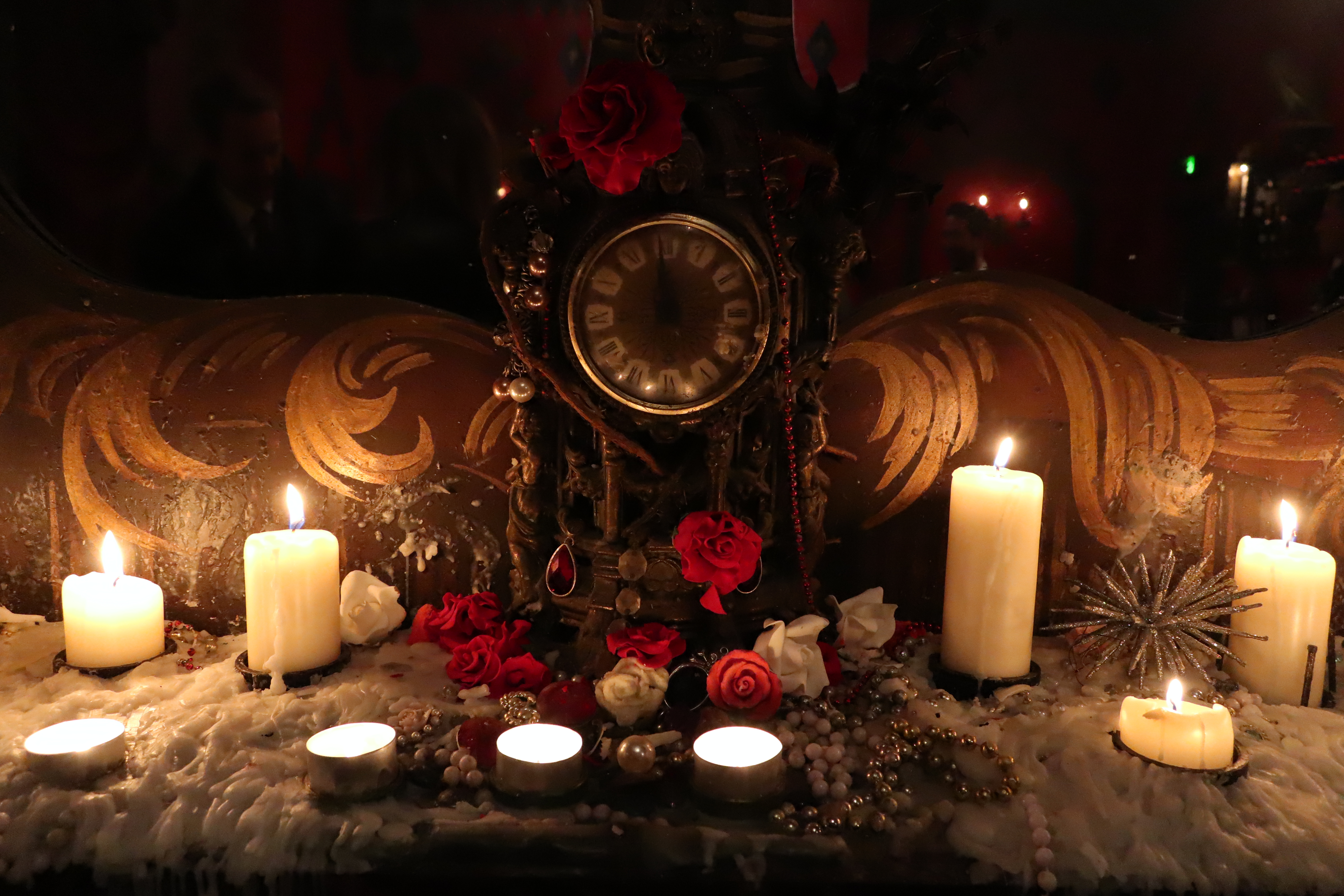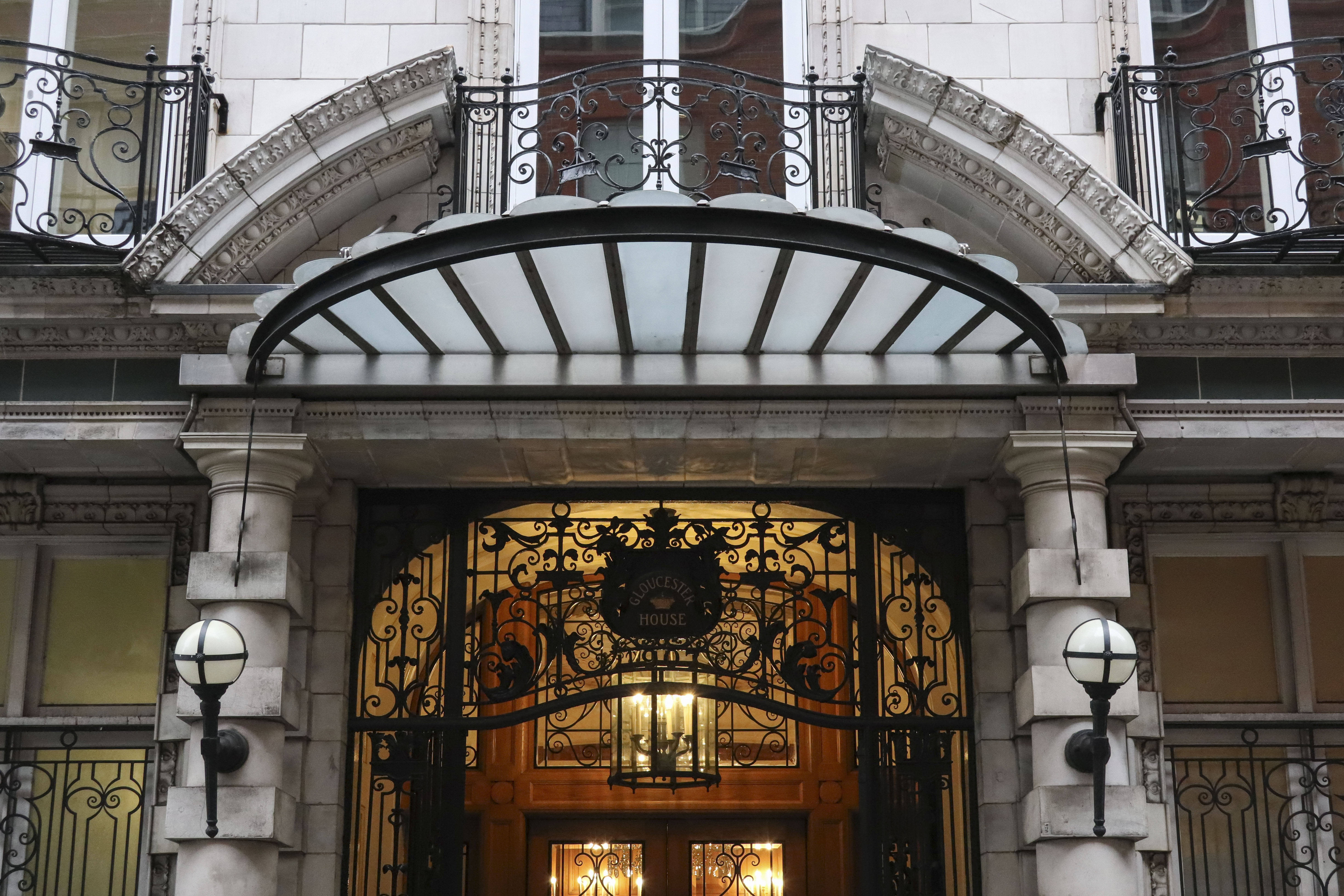Why you can trust TechRadar
Performance
- 7fps burst shooting (9fps with focus lock)
- Polished interface
- 200-shot battery life
The Canon PowerShot G1 X Mark III can shoot at a pretty rapid 7fps, while if you need even more speed you have the option of shooting at 9fps, provided you're prepared to have focus locked at the first shot. This doesn't quite match the blistering 24fps offered by the Sony RX100 V, but it's a decent burst speed that should be up to the job for most of the scenarios the G1 X Mark III is intended for.
Buffer performance is also pretty respectable, with the camera capable of capturing 24 JPEGs or 19 raw files before it slows up – again, that's nothing like the RX100 V's 150 JPEG shots, but it should satisfy most potential users.
The touchscreen interface has to be one of the best around – it's easy to use, and really responsive
The viewfinder is nice and crisp, while the rear display doesn't disappoint. The gapless design means viewing angles are excellent, while the touchscreen interface has to be one of the best around – it's easy to use, and really responsive.
The image stabilization system works very well – we found it was certainly possible to achieve nice, sharp shots with shutter speeds much slower than we'd otherwise be comfortable with.
The PowerShot G1 X Mark III uses real-time metering from the sensor, and offers Evaluative, Centre-weighted and Spot metering options, with the evaluative system doing a sound job under most lighting conditions.
Battery life is pretty limited on the G1 X Mark III, however, at just 200 shots. This is a little less than the likes of the RX100 V's 220-shot battery life (which isn't that impressive to start with), so you'll definitely want to consider additional batteries if you're going to be out for the day or weekend.
Image quality
- ISO100-25,600
- Panoramic shot mode
- +/-3 EV exposure compensation in 1/3 or 1/2-stop increments
With the Powershot G1 X Mark III using a 24.2MP APS-C CMOS sensor that's almost identical to the EOS 80D's, there are no nasty surprises when it comes to image quality.
Sign up for breaking news, reviews, opinion, top tech deals, and more.
Detail rendition appears very good, while noise is also handled well. Results from ISO100 to 1600 appear very good, with pleasing color reproduction. While shots taken at ISO3200 and 6400 display some signs of luminance (grain-like noise), it's very fine in structure, while there are some minor hints of chroma (color) noise creeping in.
Overall though, these don't impact on images enough to make it become an issue. Above those settings files start displaying more pronounced luminance and chroma noise, causing detail and color saturation to suffer. While we'd avoid using ISO25,600 where possible, it's still possible to get a satisfactory shot.
Lens performance is good – at 24mm it's nice and sharp at the centre wide-open at f/2.8, though when zoomed in to 72mm you'll need to stop down a little bit beyond the maximum f/5.6 maximum aperture to improve sharpness. Distortion is well-controlled in camera, while it was hard to spot any noticeable vignetting.

Click here to see the full-size image

Click here to see the full-size image

Click here to see the full-size image

Click here to see the full-size image
Current page: Performance and image quality
Prev Page Build, handling and AF Next Page Verdict and competition
Phil Hall is an experienced writer and editor having worked on some of the largest photography magazines in the UK, and now edit the photography channel of TechRadar, the UK's biggest tech website and one of the largest in the world. He has also worked on numerous commercial projects, including working with manufacturers like Nikon and Fujifilm on bespoke printed and online camera guides, as well as writing technique blogs and copy for the John Lewis Technology guide.
